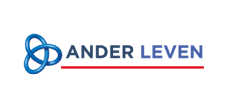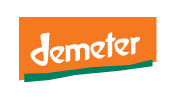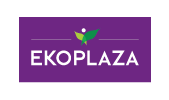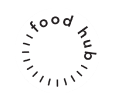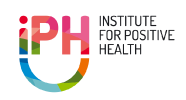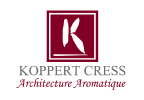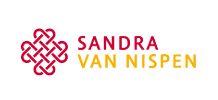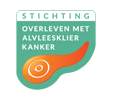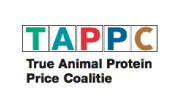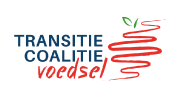Whose insights is the VitaPlate based upon?
VitaPlate is based on the Guidelines for Healthy Food of the Dutch Health Council (Gezondheidsraad), on scientific research, and on many years of experience and training of Anna Kruyswijk. You can find more detailed information about the theory and sources of Dr. Goodfood on this page (VitaPlate) and on this page (Foodfixes).
What is the difference between the VitaPlate and the Eatwell Plate?
The Eatwell Plate (which is similar to the Dutch "Schijf van Vijf") gives you the amounts for a day. The avarage consumer wants to know what to put on a plate when preparing a meal, or what to put in the basket during shopping. VitaPlate is intended to be a very practical tool that inspires and motivates you to create a healthy meal three times a day. Just use your eyes to make the right choices! These are the three steps:
- What can you put on your plate: all all compartments of VitaPlate represented (in the amount you need)?
- Are there enough vegetables and fruits on your plate?
- Can you add some healthy ingredients? Like seeds, legumes or nuts?
Does every compartment of VitaPlate represent one specific nutrient?
VitaPlate divides your plate into food groups. However these food groups never represent just one nutrient, like carbohydrates, proteins or fat, because each food group also contains some of the other nutrients. Wholemeal bread dus not just contains carbohydrates, but also some protein and fat. This goes for every food group. The perfect proportions may be different for individual persons. Nevertheless, if you make sure that half of your plate is filled with fruit and vegetables, and choose some products from the other food groups as well, you are very likely to eat all the nutrients your body needs with each meal.
Should my meal actually look like the VitaPlate?
The VitaPlate is visualised as a plate with separate ingredients, divided in food groups. That does not mean your meal should actually look like that. What matters, are the proportions. Half of your plate should be fruits and vegetables, the other half a combination of whole grain cereals and healthy protein sources such as legumes. Of course you are free to mix all the ingredients in a stew, or split them up over a 7 course meal. A lunch box can be easily filled according to VitaPlate: one half for sandwiches or a pasta salad (for example), the other half for (snack)vegetables and fruit.
VitaPlate gives no recommendations for preparation, why is that?
Everyone has their own preferences in cooking. One person uses margarine, another person swears by dairy butter. Some people like to eat raw , others prefer their food well cooked. When you follow a ketogenic diet, the ratio of fats in your meals will be much higher than in an average diet. These choices depend on your body type, lifestyle, culture and constitution. It can even vary from season to season. The VitaPlate just wants to make clear what you should emphasize when building a healthy meal: vegetables, fruit and other vegetable products. Listen to your body and enjoy the power of healthy food!
How about beverages?
Water is the most natural drink for our bodies. It is advised to drink 1,5 – 2 liters of liquids per day, preferentially water. Our bodies are 70% water, so it's clear that we depend on it. Green tea, black tea and coffee are also quite healthy, but in limited quantities. You should not drink more than 4 cups of tea or coffee per day. Filtered coffee is healthier than espresso type coffee. Fruit juices and soda's contain a lot of sugar and are best avoided or drunk in moderation.



